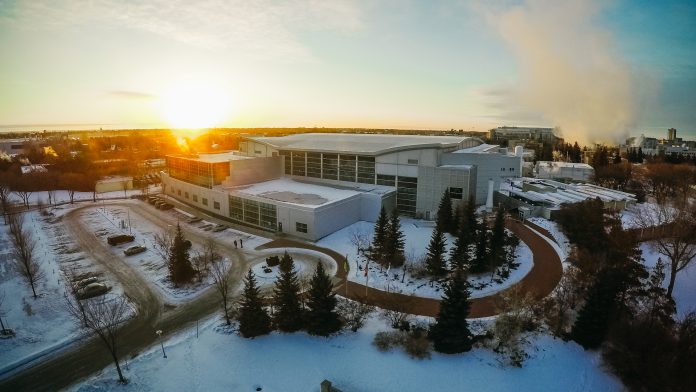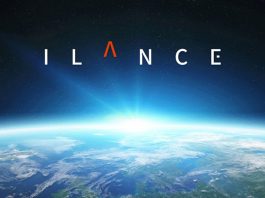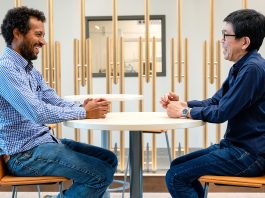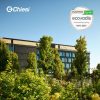Mark Boland, Machine Director at the Canadian Light Source and Associate Professor at the University of Saskatchewan, explains how the CLS and the University will work with CERN to assess the feasibility for a Future Circular Collider.
Based at the University of Saskatchewan (USask), the Canadian Light Source (CLS) is one of the largest science projects in Canada’s history, producing the brightest light in the country—millions of times brighter than the Sun. Now, USask and CLS have teamed up with CERN – the European Organization for Nuclear Research – to pave the way for a new accelerator with unrivalled capabilities.
In 2021, the three organisations signed a Memorandum of Understanding (MoU) for the Future Circular Collider (FCC) Feasibility Study. The organisations will now work together to draft designs and assess the financial and technical feasibility of a new particle accelerator that will have sensitivity to energy scales an order of magnitude higher than current accelerators. The Feasibility Study is due to be delivered by the end of 2025.
Innovation News Network spoke to Mark Boland, Machine Director at the Canadian Light Source, to find out more about the collaboration, CLS’ established relationship with CERN, and the implications that the Study will have for future discovery.
Can you start by outlining your role at the Canadian Light Source and explain more about the CLS as a facility and its longstanding relationship with CERN?
The Canadian Light Source dates back to the early 1960s. The office that I am currently sitting in was the Office of the Director of the Saskatchewan Accelerator Laboratory, which utilised a linear particle accelerator using electrons to carry out nuclear physics experiments.
In 1999, that reached the end of its life as a nuclear facility and was used as the injector to a new Canadian light source. So, next to and on top of the building that I am in here is the Canadian Light Source building. That now uses the electrons from the particle accelerator to generate bright beams of light in a ring. The science laboratories sit around this ring and use the light to illuminate their samples. From studying COVID-19 to investigating batteries, the source presents a vast range of opportunities and can aid scientists in many disciplines, from biology to fundamental physics.
I was hired in a dual role, as a physics professor at the University of Saskatchewan and on secondment as the Machine Director for the CLS. I lead the division responsible for running the accelerators that generate the light. The other divisions include finance and corporate service, and the science division that uses the light to carry out experiments, together with thousands of users from Canada and around the world.
I oversee a graduate student programme and look after research grants, responsible for making new discoveries and planning for the future. As the Machine Director, I am accountable for setting up the structure and making key decisions.
We are currently looking towards a new phase of the Canadian Light Source. We are considering ideas for the next generation of machine, which will produce the next generation of light and new breakthroughs in science.
We have a longstanding relationship with CERN and users from Canadian research institutes have been travelling to support CERN for many years. It is not just the Canadian Light Source – in fact, there is a larger contribution to CERN from TRIUMF, which is a particle accelerator laboratory in British Columbia. They are looking predominantly at the detector side of things and superconducting technology, whereas we focus more on accelerator design and, more specifically, designing rings.
There is large synergy between the physics, technology, and science of designing a ring to store a beam of particles. In our case, we want to store that beam of particles to create light. CERN, however, is interested in storing a beam of particles to collide them. Nonetheless, if you look at the computer codes and the fundamental physics of electromagnetic theory, they are all identical, but are just applied in a different way. This explains the strong connection between CLS and CERN.
Superficially, it looks like there is no link but, if you look deeper at what drives both facilities, it is particle accelerator physics and technology.
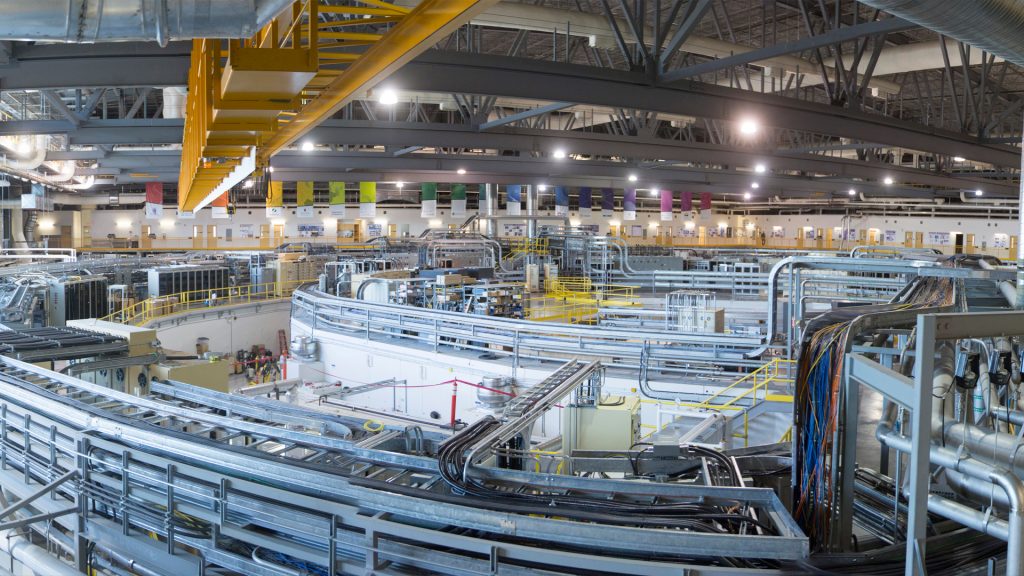
Within the CLS facility, laboratories sit around a bright ring of light and scientists use this light to illuminate their samples
Expanding on the relationship with CERN, what does it mean for the CLS to be collaborating on the FCC feasibility study, and in the overall planning of the collider?
Fundamentally, if you look at the word collaboration, it means getting together with other people. You can achieve so much more when you are part of a team, drawing from the expertise and experience of others.
I can connect with my graduate students via video platforms, but there is something fundamental about getting together and interacting in a personal way over extended periods of time. My students are able to visit CERN and meet with others from around Europe and the world. Collaboration enables a huge growth in understanding; it is all about getting people together and creating great ideas to make these things feasible.
With the FCC feasibility study, we have devised a rough design, and are now working together to examine this work in detail. The discoveries and things that we learn from the studies in this research can be applied to a next-generation Canadian Light Source, where we want to create a new accelerator with new technology, new concepts, and new designs.
Can you explain how the collaboration will work and what is currently being done?
It involves a lot of workshopping, planning, and discussing. With a ginormous project like this, you must divide it into different working groups and figure out where to contribute. For example, I had to consider what calculations and simulations I could do, as well as what I could contribute from my research funding, and which students would have interest in this. Once this has been decided, the work can begin, and regular meetings are held to present the results and receive feedback from peers.
At this point, we are mostly working on calculations. This is a hypothetical machine, so it is a design study, but we are also looking at the feasibility. As that emerges, we are also going to start building some prototypes. I have already built some equipment based on those designs. We will be applying for funding to build more equipment and to carry out a series of small projects. Sometimes it will be a small student project, like a magnet prototype, or it could be for a large piece of equipment of many tons that we can install and test on the machine here. We must ensure that we retain constant communication with our collaborators and try to find synergies where we may have access to certain accelerators here in our laboratory to test things.
We are building a test laboratory here in one of the many 1960s-era bunkers that are three levels underground, where we have good radiation protection, allowing us to generate energetic particles safely. We are building a lab underground that operates in parallel to our normal operation for the Light Source, where we are building and installing lab space for students to try new things, build new particle accelerators, achieve results, and test the calculations and the theoretical work that they have been doing.
How important could the FCC be specifically for Canadian research if it is successful?
There are two aspects to that. It is important for researchers, like me, who are machine builders, in determining whether we can build these so-called ‘engines of discovery’.
In terms of number, there are going to be far more Canadian researchers in particle physics and nuclear physics in the technology area who will benefit. To predict how this will most likely evolve, we must look at the success of previous machines. Take, for example, the Large Hadron Collider (LHC) at CERN. Several hundreds of Canadian graduate students participated in the LHC programme and helped with the discovery of the Higgs boson – the fundamental particle in the Standard Model of particle physics. Not all the students that completed the training necessarily went on to work in particle physics, but many are now in the Canadian workforce in industry, such as in government. They are probably working on large data projects, because big colliders like the FCC generate huge amounts of data. This opens up career opportunities for many people working in data science, who are probably analysing medical issues right now around COVID-19, for example.
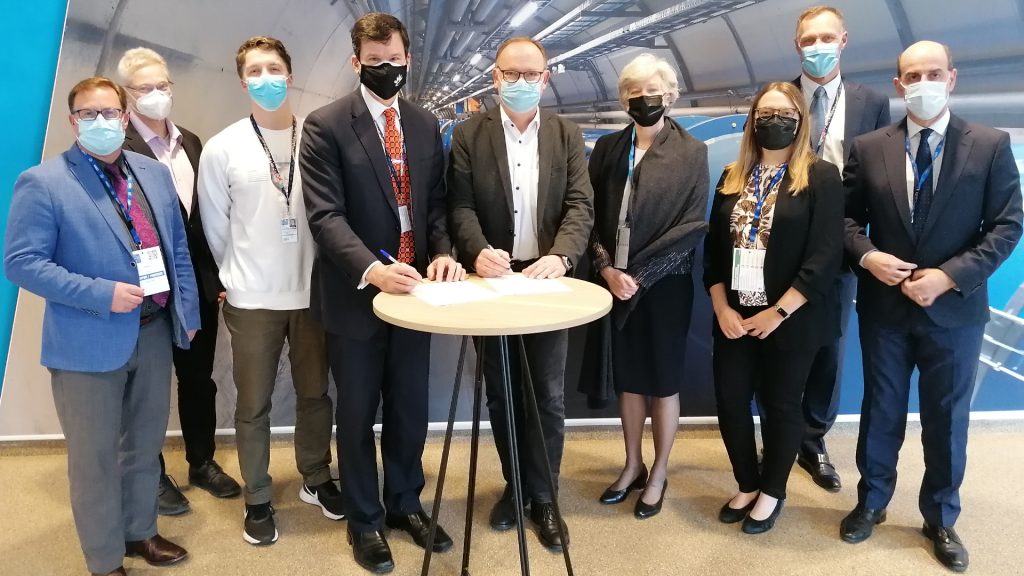
In 2021, CERN, the University of Saskatchewan (USask) and the Canadian Light Source (CLS) signed a Memorandum of Understanding (MoU) for the Future Circular Collider (FCC) Feasibility Study
At this stage, are there any potential obstacles that you foresee to pose a threat to a successful outcome for the Study?
Other than the obvious, there are no particular obstacles. Of course, there is the pandemic and funding levels generally, but I think we can get creative to overcome these to a large extent. We will obviously be more successful with more opportunity to travel and with more grants, but we can get around these challenges.
What really heartens me is that the students who would, prior to taking my course, have barely heard of a particle accelerator, really immerse themselves. The way they learn and apply themselves makes me very optimistic and I do not really anticipate any obstacles that they will not be able to get around.
I can only feel positive about these opportunities, and how the students are going to reinvent the future. My task as a leader is to not get in the way of that, but to facilitate it by providing opportunities. They will determine the rest themselves. I am very confident about that.
If the FCC does prove successful following the Study’s target end date of 2025, what will be the next steps for your collaboration?
As we become more engaged with CERN, it may become feasible that Canada becomes an Associate Member of CERN, which opens up a variety of interesting opportunities for Canadian industry. Once countries sign on as Associate Members, all the contracts that are available to maintain and build massive scientific infrastructure are open for Canadian companies to bid on. That associate membership also enables Canadians to gain access to student programmes that are fully funded, as well as staff positions. It really opens up a whole window of opportunity.
If, after 2025, the feasibility then allows and renews the mandate for this study for the next-generation machine, I see a much greater involvement not just on accelerators, but also on the detector side and potentially for industry, as well. Then, of course, I would continue teaching a new wave of graduate students who will have seen the success of their predecessors and will hopefully be enthused in the same way. There will always be problems to solve and research to be done, even if not specifically for the FCC. If you look back in history, you will find that, for every dozen or more proposals, there is only one that comes to fruition.
It could be that the FCC just becomes another proposal in the dustbin of history, but it could also be the next big thing. I have hedged my bets each way because, at the Canadian Light Source, we have both a linear accelerator and circular accelerators. I am fully confident that we will either proceed after 2025 or we can just reinvent ourselves and take on the next challenge.
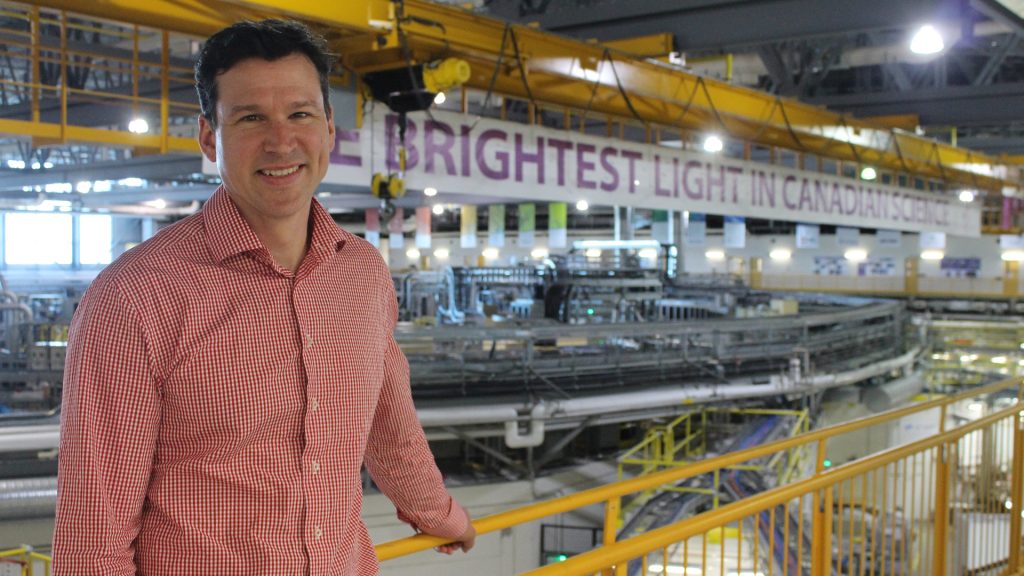
Mark Boland, Machine Director at the Canadian Light Source
Mark Boland
Machine Director
Canadian Light Source
www.lightsource.ca
https://www.linkedin.com/company/canlightsource/
https://www.facebook.com/CanLightSource
https://twitter.com/canlightsource
Please note, this article will also appear in the ninth edition of our quarterly publication.

